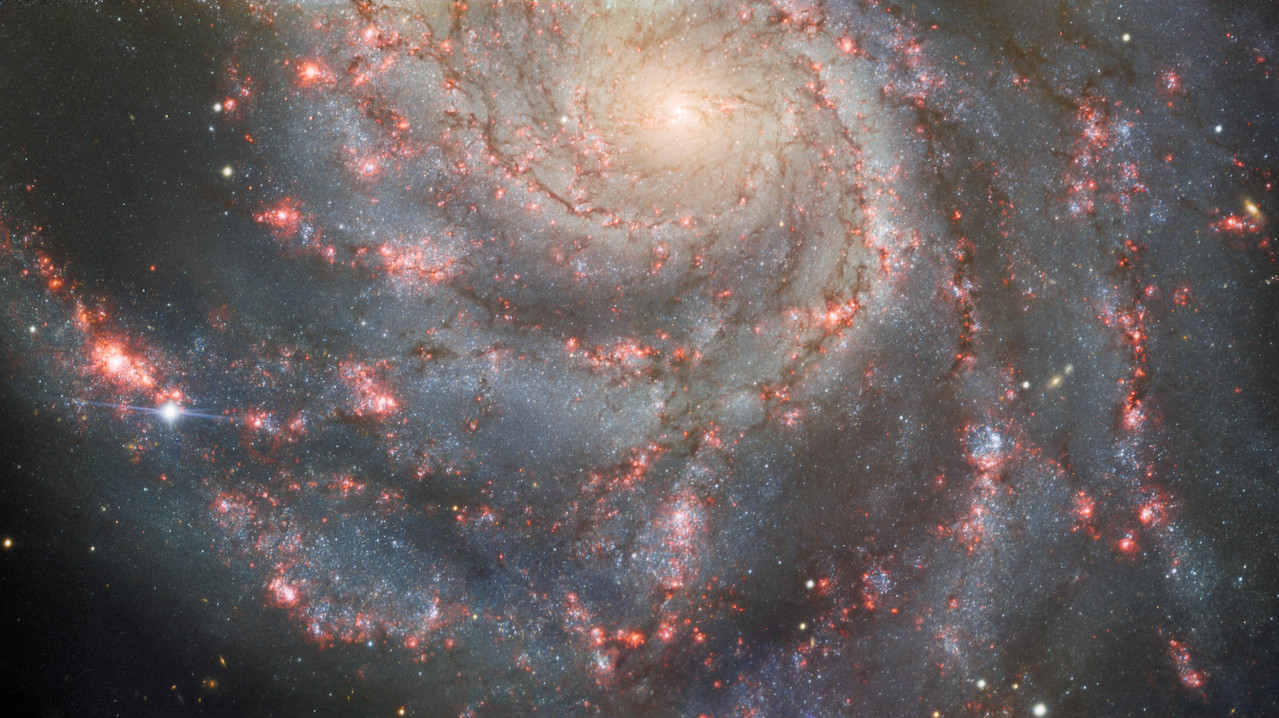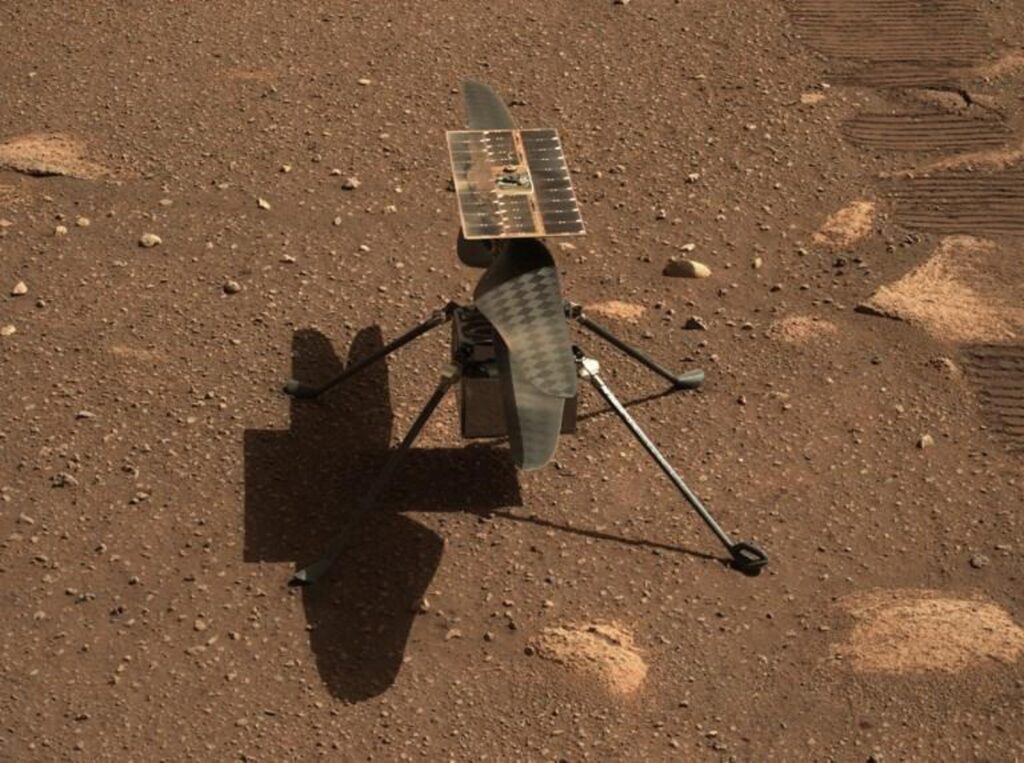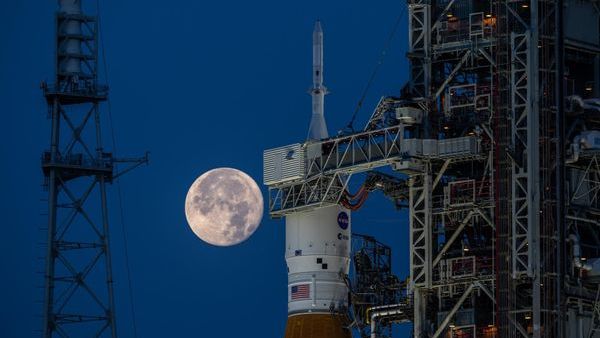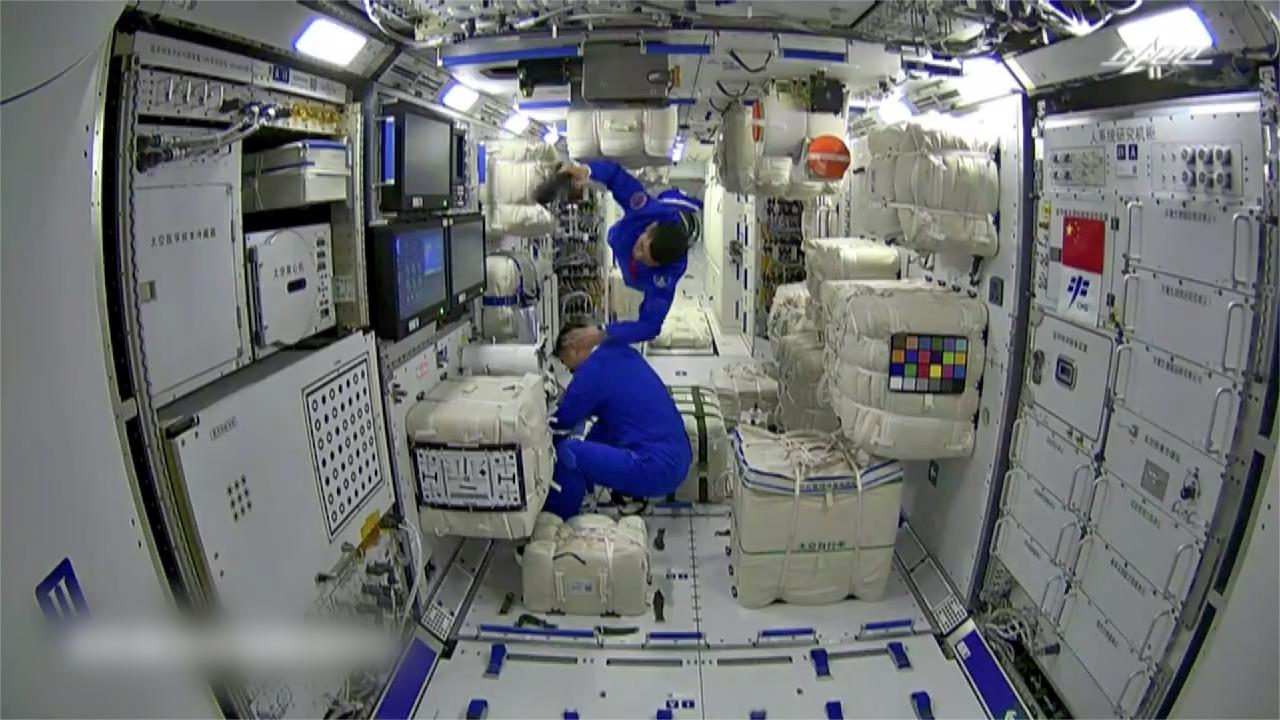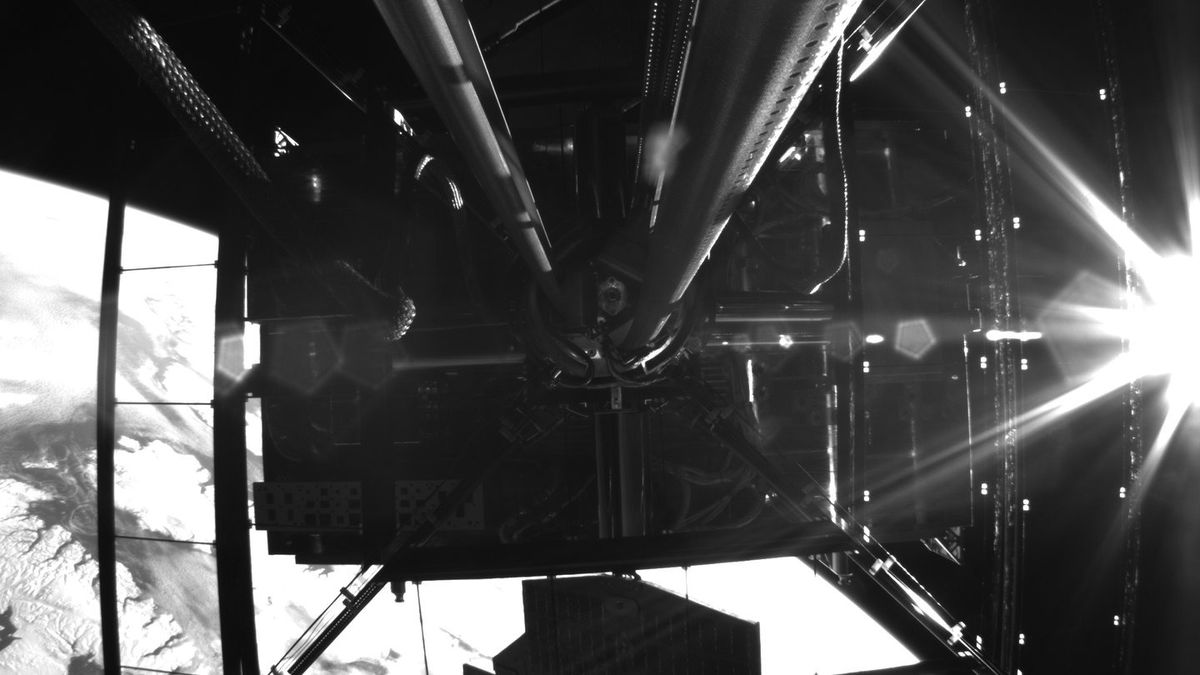In a cosmic extravaganza, amateur astronomer Berto Monard discovered a celestial drama, changing our understanding of the universe. Supernova SN 2022jli was detected in May 2022 in NGC 157, a nearby galaxy. Astronomers worldwide were fascinated by this stellar death, which usually produces black holes or neutron stars.

The Cosmic Rhythm of Supernova SN 2022jli
Two teams led by Ping Chan and Thomas Moore investigated SN 2022jli’s unique behavior. Instead of fading gracefully, its brilliance oscillated for 12 days, a novel supernova rhythm. Both teams used the European Southern Observatory’s telescopes to discover this celestial waltz and decipher its cosmic meaning.
Chan’s team sought to relate a huge star’s death throes to the formation of a compact object. We gained a critical cosmic puzzle piece from their American Astronomical Society meeting presentation. Moore’s team, attracted by the supernova’s light curve, found a stunning cycle of brightening and fading, a heavenly heartbeat. A first in supernova light curve history, this cyclic oscillation was detected throughout several cycles.
The strange light curve of SN 2022jli reveals cosmic evolution. The Type II supernova left a neutron star or black hole as its legacy. Astronomers focused on the star’s dense remnants after its core collapse.
READ ALSO: Cosmic Aroma: Discovering the Scent of Space!
Dance of SN 2022jli’s Tiny Celestial Bandit
A stellar companion survived the explosion, its atmosphere expanding because of the ejected debris. The new compact object danced with its star, grabbing hydrogen gas. This cosmic heist created an accretion disk around the tiny object, causing cyclic brightness and gamma-ray fluctuations.
Astronomers are excited to solve the cosmic enigma of the tiny object, which may be a neutron star or black hole. SN 2022jli’s aftermath is still being studied, with new telescopes like the Extremely Large Telescope promising to reveal additional cosmic secrets.
SN 2022jli’s celestial dance shows us how compact objects are born, revealing the cosmic ballet where stars explode and new beings dance in the universe’s huge stage.
